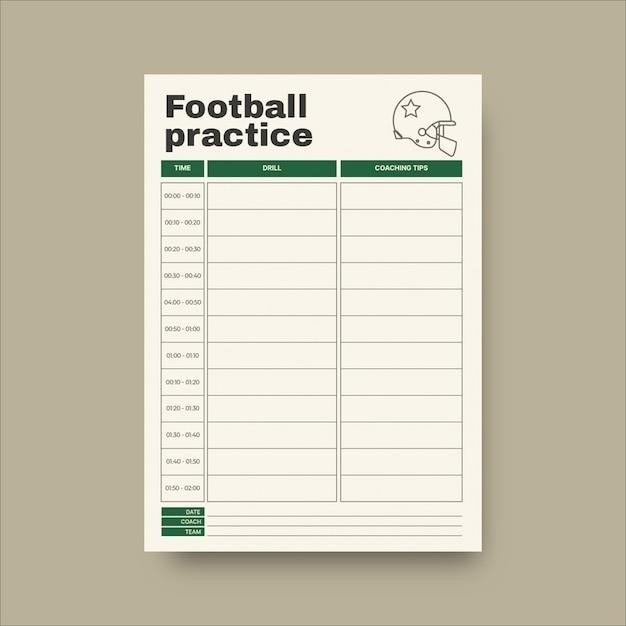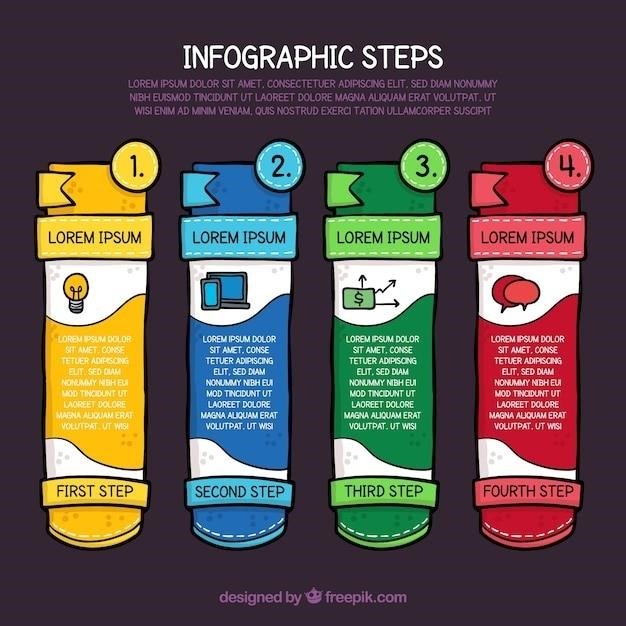Understanding the BKAT Test
The BKAT test, depending on its context, could refer to several different assessments. There isn’t a universally recognized standard test with this acronym. Therefore, to provide the most valuable information, we’ll approach this from multiple angles. It’s crucial to first identify which BKAT test you’re referring to.
What is the BKAT Test?
The BKAT test, or Basic Knowledge Assessment Tool, is a standardized assessment designed to evaluate a critical care nurse’s understanding of basic knowledge in critical care nursing. The BKAT is a valid and reliable objective test, widely used in critical care practice areas. It’s a multiple-choice test consisting of 100 questions, each worth one point, for a maximum score of 100. The test has been presented as a valid and reliable assessment of basic knowledge for critical care nursing, ICU, and other nursing specialties such as emergency nursing care. The BKAT is often used in orientation programs for new critical care nurses and for placement purposes for nurses with prior critical care experience.
Different Interpretations of the Acronym
While the most common interpretation of BKAT refers to the Basic Knowledge Assessment Tool used in critical care nursing, the acronym can have other meanings depending on the context. For instance, the BKAT could also stand for Battery Knowledge and Application Test, a standardized assessment evaluating an individual’s understanding of battery technology and its practical applications. Additionally, there’s a possibility that BKAT might be used in other fields, representing a specific test or assessment tool unique to those areas. It’s important to consider the specific context and source of information when encountering the BKAT acronym to understand its intended meaning.

The BKAT Test in Critical Care Nursing
The BKAT is a widely used assessment tool for critical care nurses, evaluating their basic knowledge and readiness for practice.
BKAT-3⁚ Usage and Impact in Critical Care Units
The BKAT-3, a specific version of the Basic Knowledge Assessment Tool, has found significant application within critical care units. Findings from a study involving 54 subjects who utilized the BKAT-3 in their professional practice revealed its frequent use in orientation programs for critical care units. This suggests that the BKAT-3 is a valuable tool for assessing and enhancing the knowledge base of new nurses entering critical care environments. The content and scores derived from the BKAT-3 have been instrumental in shaping and improving these orientation programs, ensuring that new nurses are equipped with the essential knowledge and skills required for their role.
BKAT’s Validity and Reliability in Australian Intensive Care
The BKAT, originally developed in the United States, has been recognized as a valid and reliable assessment tool for basic knowledge in critical care nursing. However, its applicability and effectiveness in the specific context of Australian intensive care (IC) required further investigation. To determine the BKAT’s validity and reliability within this Australian setting, researchers employed the Delphi technique, a structured method involving a panel of experts in the field. This approach aimed to gather expert consensus on the relevance and appropriateness of the BKAT for assessing critical care knowledge in Australian IC units. The findings of this study provided valuable insights into the BKAT’s suitability and accuracy within the unique Australian IC environment.
The BKAT Test⁚ A Comprehensive Assessment Tool
The Basic Knowledge Assessment Tool (BKAT) has emerged as a widely recognized and valuable instrument for evaluating the fundamental knowledge base of critical care nurses. The BKAT, designed to assess a broad range of critical care concepts, is a comprehensive tool encompassing a diverse array of topics essential for effective practice in this specialized field. The test’s scope extends to crucial areas such as hemodynamics, respiratory management, medication administration, and patient monitoring, providing a thorough evaluation of a nurse’s understanding of these vital aspects of critical care. The comprehensive nature of the BKAT makes it a valuable resource for identifying knowledge gaps and facilitating targeted learning and development, ultimately contributing to the delivery of high-quality patient care in critical care settings.
Preparing for the BKAT Test
Preparing for the BKAT exam can be a daunting task, but with the right approach, you can increase your chances of success. The BKAT is a challenging assessment designed to evaluate your critical care knowledge, so it’s essential to dedicate sufficient time and effort to your preparation.
BKAT Practice Test Questions and Answers
Access to practice test questions and answers is invaluable for successful BKAT preparation. These resources allow you to familiarize yourself with the exam format, content, and difficulty level, enabling you to identify your strengths and weaknesses. Several online platforms and study guides offer BKAT practice tests, providing a realistic simulation of the actual exam. These practice tests typically cover a wide range of critical care topics, including cardiovascular, respiratory, neurological, and endocrine systems. By working through these questions, you can reinforce your understanding of key concepts, enhance your problem-solving skills, and build confidence in your ability to handle the exam’s challenges. Additionally, analyzing your performance on practice tests helps you pinpoint areas that require further review and focus your study efforts accordingly. Remember, consistent practice is key to achieving a high score on the BKAT.
BKAT Exam Content and Structure
The BKAT exam is a comprehensive assessment of critical care nursing knowledge, designed to evaluate your understanding of essential concepts and clinical skills. It typically consists of multiple-choice questions, covering a broad spectrum of topics relevant to critical care practice. The exam content encompasses areas such as cardiovascular, respiratory, neurological, endocrine, and renal systems, as well as hemodynamic monitoring, medication administration, and patient care management. The specific content and structure of the BKAT exam may vary depending on the administering organization or institution. However, the overall focus remains on assessing your ability to apply critical care principles to real-world scenarios. Familiarity with the exam content and structure is crucial for effective preparation. Understanding the specific topics covered, the question format, and the time allotted for the exam will help you strategize your study plan and optimize your performance;
Tips for Success on the BKAT
Success on the BKAT requires a comprehensive study plan and effective test-taking strategies. Start by familiarizing yourself with the exam content and structure, focusing on core critical care nursing concepts and procedures. Utilize a variety of study materials, including textbooks, practice questions, and online resources. Engage in active learning techniques such as flashcards, concept mapping, and practice simulations. Develop a time management strategy to ensure you complete the exam within the allotted time. During the exam, read each question carefully, eliminate incorrect answer choices, and select the most accurate response. Maintain a calm and focused mindset, avoiding distractions and managing stress. By following these tips, you can increase your chances of achieving a successful outcome on the BKAT.

Resources for BKAT Test Preparation
A wealth of resources exists to aid your BKAT preparation.
Online Study Materials and Flashcards
The digital age offers a plethora of online resources to enhance your BKAT preparation. Numerous websites and platforms provide a wealth of study materials, including practice tests, flashcards, and interactive quizzes. These resources are often free or available at a nominal cost, making them accessible to a wide range of individuals. Online flashcards are particularly valuable for memorizing key concepts and definitions, allowing you to test yourself at your own pace and convenience. Additionally, many websites offer study guides and notes compiled by other test takers, providing a valuable perspective on the exam content and structure. The convenience and accessibility of online study materials make them an indispensable tool for BKAT test preparation.
BKAT Study Guides and Books
Complementing online resources, dedicated BKAT study guides and books offer a comprehensive and structured approach to test preparation. These materials are often written by experienced critical care nurses or educators, providing insights into the exam content, format, and key concepts. Study guides typically include practice questions, detailed explanations, and tips for success. Some books delve deeper into specific areas of critical care nursing, offering a more in-depth understanding of complex topics. When choosing a study guide or book, consider the author’s credentials, the recency of the edition, and the overall scope of coverage. A well-written study guide can be a valuable resource for reinforcing your knowledge and developing effective study habits.
BKAT Practice Tests and Mock Exams
Practice tests and mock exams are essential tools for familiarizing yourself with the BKAT format, timing, and question types. These resources simulate the actual exam environment, allowing you to gauge your preparedness and identify areas that require further study. Online platforms, study guides, and some textbooks offer practice tests with varying levels of difficulty. Many practice tests include detailed answer explanations, providing valuable insights into the rationale behind correct and incorrect answers. Taking multiple practice tests helps you track your progress, refine your test-taking strategies, and build confidence. By simulating the exam experience, practice tests help you manage test anxiety and ensure you’re comfortable with the timing and pacing of the actual BKAT.



























